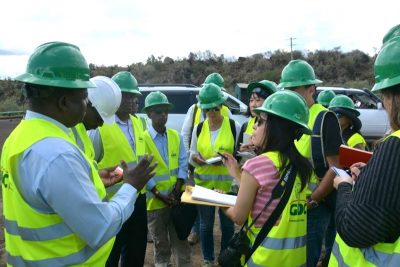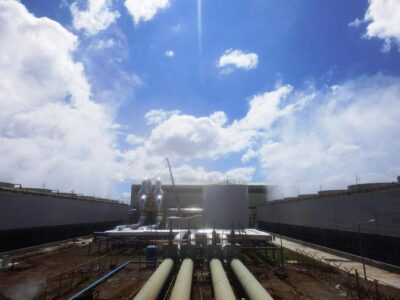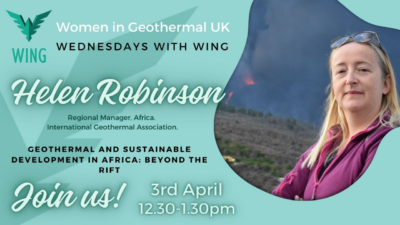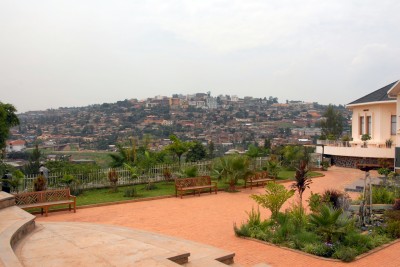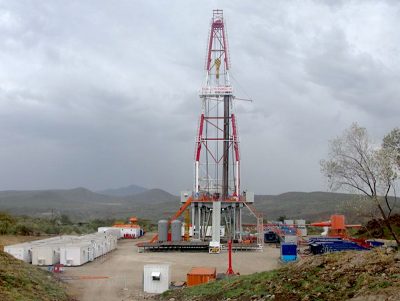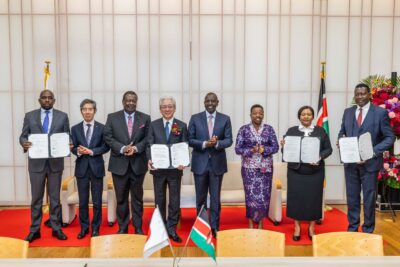Comoros Islands continue exploration of geothermal development
The Comoros Islands continue their drive to explore geothermal energy for power generation to become independent of fossil fuel for power generation and to improve the overall electricity supply.
The Comoros Islands, a small island nation in the Indian Ocean situated between the coast of Mozambique and Madagascar, currently depends on fossil fuels for its electricity generation. For the 700,000 inhabitants this represents challenges. Only 50% of the population has access to electricity and in the capital Moroni people only have about five hours of electricity per day.
Therefore energy is a key issue for the country. With one of the islands featuring a volcano that last erupted in 2007, geothermal becomes naturally an option of interest. The Karthala Volcano is situated on the island of Grande Comore (Ngazidja).
The Comorian Government, with the technical and financial support of UNDP and its partners, the Government of New Zealand and African Union, is betting on using the energy of Karthala to produce electricity in the Comoros. ThinkGeoEnergy reported about this before.
Throughout July 2015, the Geological Bureau of Comoros carried out surface exploration studies, with the support of New Zealand experts. The teams spent one month on the caldera of the volcano and installed electric and magnetic sensors on 80 sites to identify areas where the temperature exceeds 200 degrees Celsius. If the results of these surveys, which are expected by the end of the year, confirm the possibility of a geothermal resource, the first exploratory drilling will begin.
In the meantime, funds are being sought to drill these holes and build the future geothermal power production plant. The Comorian Government is currently implementing a strategy to mobilize technical and financial resources to cover the total project cost, estimated at US$81.3 million.
Geothermal energy in the Comoros would begin an ‘energy transition’ by increasing the share of clean energy, which is now almost zero. In addition, reducing dependence on fossil fuels and on their prices set by international markets would ensure better energy security. This model has already proved successful in countries like New Zealand, where almost 70 percent of its energy is renewable. And it represents hope for developing countries like the Comoros, which has unexplored natural resources.”
Source: UNDP










